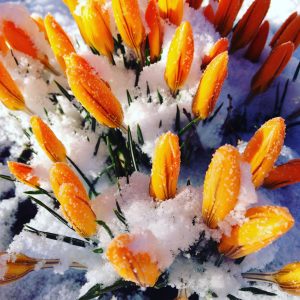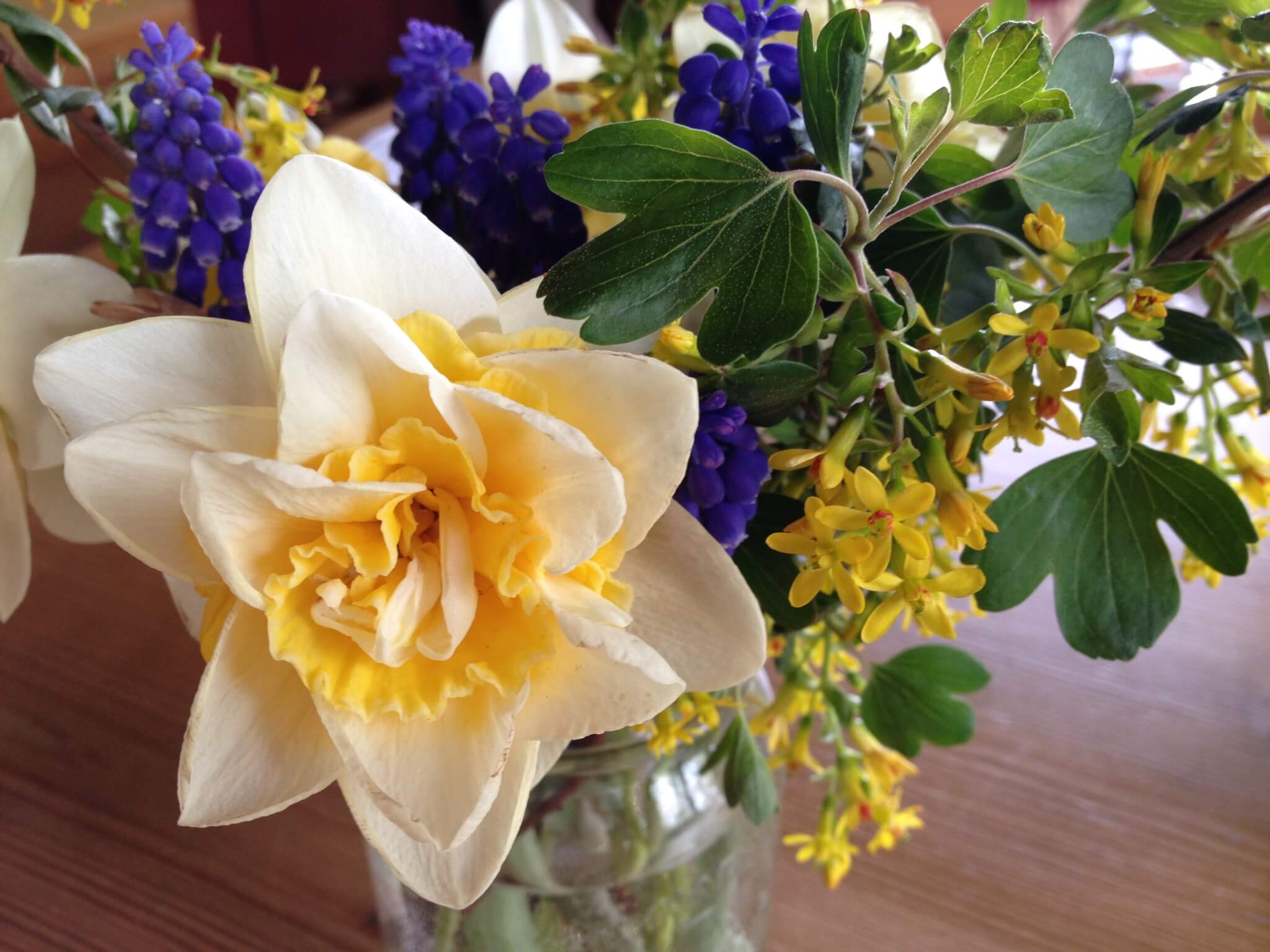Spring flowering bulbs are one of the easiest ways to add color around your home in early spring. Tulips, crocus and daffodils need to be planted this fall to bloom next spring. Instead of dull brown, white and grey surrounding you next April, imagine brilliant pops of yellow, purple, red or orange after a long Teton winter. Pollinating insects also love flowering bulbs in your garden. As one of the first food sources available early spring, pollinators rely on these flowers early season. A little investment in bulbs this fall will be well appreciated next spring.
Planting is easy and can be done anytime between mid-September through October, or even later if the ground is not yet frozen. Select a location with good drainage. If you're not sure if the drainage is good or not, dig a test hole and fill it with water. The water should drain through in a few minutes. If not, find a different site. Bulbs will rot if situated in spots with poor drainage. Dig a hole twice as deep as the height of the bulb. For example, a 2 inch daffodil bulb needs a hole that is 4 inches deep. Sprinkle bulb food or bone meal at the bottom of the hole. For larger masses of bulbs, dig one bigger pit at the correct depth. Place the bulbs in, pointy side up and top with soil. Water thoroughly and enjoy a happy display of color next spring!
Bulbs and Critters:
Worried that everything you plant will be eaten? Fear not, follow these tips:
- Select less palatable varieties such as daffodils, snow drops, crocus and alliums.
- Plant with a repellant such as Plantskyd ™, Repellex™ or blood meal.
- In extreme cases, bulbs can be planted within a wire mesh cage.
 So tough! Crocus come up each spring and are not phased by additional snow or cold.
So tough! Crocus come up each spring and are not phased by additional snow or cold.



